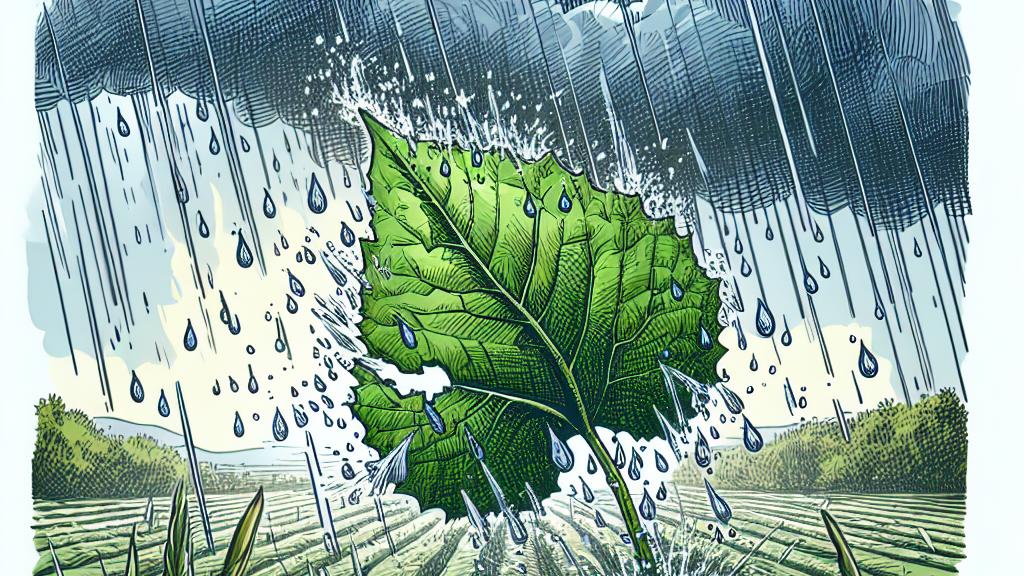How Leaves Handle Raindrops Can Help Us Create Energy
Overview
- Leaves' unique resilience offers revolutionary insights into energy harvesting techniques.
- Advanced research utilized high-speed photography to analyze raindrop impacts on leaf-like structures.
- These exciting findings could transform sustainable agriculture and renewable energy applications.

Understanding Leaf Resilience
Isn't it fascinating how leaves withstand the pounding of raindrops? A remarkable study from Cornell University compares the force of a falling raindrop to a bowling ball crashing onto a person. Just think about that! But leaves have a fantastic way of dealing with this pressure. Thanks to their specialized structure, they absorb shock and experience minimal damage. This ability is crucial; less vibration means reduced stress for the plants, leading to healthier growth, even in torrential downpours. Picture lush, green fields swaying gently in the rain instead of wilting under the pressure!
Scientific Breakthroughs
In this eye-opening research, the team employed high-speed cameras, capturing those dramatic moments when raindrops strike a beam designed to mimic a leaf. The findings were nothing short of amazing! Each droplet creates intense vibrations, but they slump into silence quickly. This rapid damping is essential, preserving the plant's integrity. Not only that, but the researchers discovered something unexpected: different beam lengths led to various oscillation behaviors. For instance, longer beams produced unique patterns, teasing out new questions about how plant shapes influence their resilience. This interplay of science and nature is not just intriguing—it's vital for our understanding of plant adaptation!
Applications in Renewable Energy
Now, let's explore the thrilling future this research could pave! Imagine towering structures that harness renewable energy seamlessly—structures that look like natural beams yet generate power! Special materials could vibrate from falling raindrops, converting that movement into electricity. Just picture cityscapes adorned with these innovative energy towers, capturing the untapped potential of rain. This vision is not just a dream; it reflects how we can use nature’s wisdom to create sustainable solutions. Harnessing energy from precipitation allows us to move toward a greener future, reducing our dependence on fossil fuels while promoting clean, renewable resources. How exciting is that?

Loading...